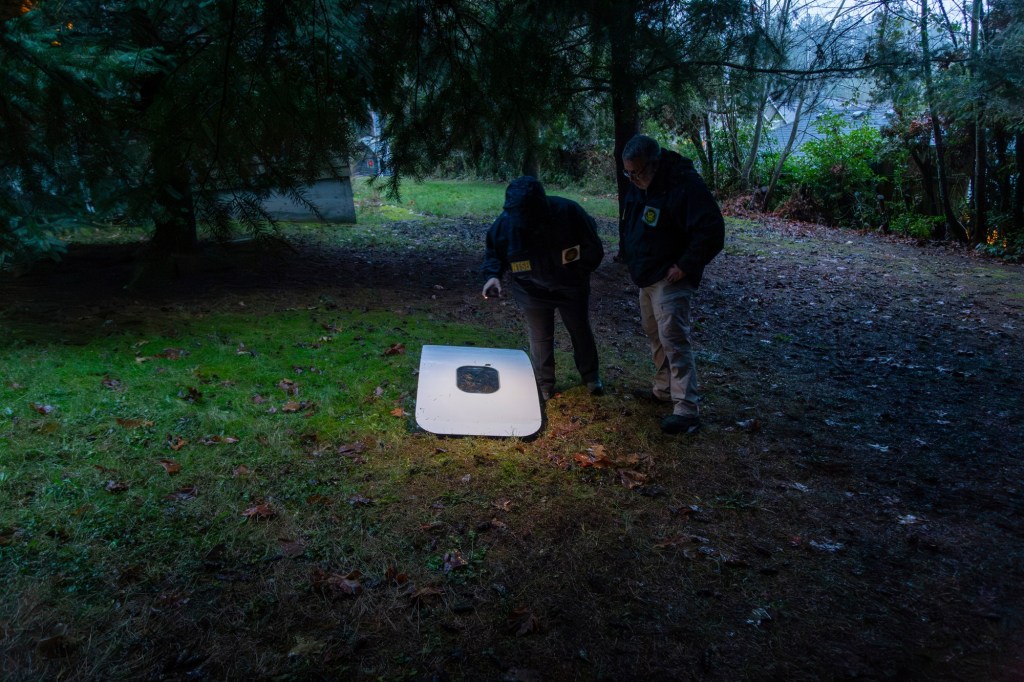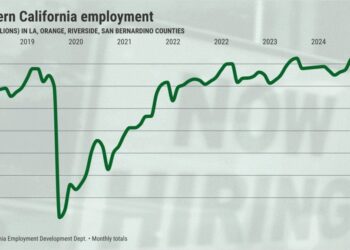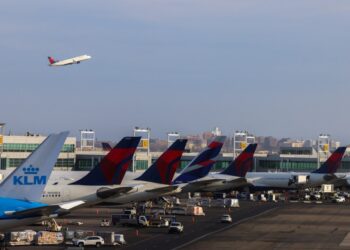The intense backlash against Boeing after the near catastrophe aboard an Alaska Airlines 737 Max in January wasn’t a reaction to an isolated manufacturing error but to a yearslong decline of safety standards.
The arc of Boeing’s fall can be traced back a quarter century, to when its leaders elevated the interests of shareholders above all others, said Richard Aboulafia, industry analyst with AeroDynamic Advisory.
“Crush the workers. Share price. Share price. Share price. Financial moves and metrics come first,” was Boeing’s philosophy, he said. It was, he said, “a ruthless effort to cut costs without any realization of what it could do to capabilities.”
To drive down costs, Boeing chose to aggressively confront first its workforce and then its suppliers rather than partner with them. It left both, Aboulafia said, “angry and alienated.”
Today Boeing’s leaders are tepidly admitting that this shareholders-first, cut-costs, workers-be-damned strategy was flawed. But, for two decades, it worked.
Boeing’s leaders delivered gushers of cash to shareholders through stock buybacks and dividends — $68 billion since 2010, according to Melius Research — rather than investing in future all-new airplanes.
To ensure they beat Wall Street projections every quarter, Boeing boosted the stock price with accounting tricks, such as pulling forward airline cash advances.
Its leaders outsourced work, sold off whole divisions and discarded key capabilities such as developing avionics, machining parts and building fuselages. On the 787, they even outsourced the jet’s wings to Japan.
They moved work away from Boeing’s highly skilled, unionized base in the Puget Sound region. They weakened unions and extorted state government with repeated threats to build future airplanes elsewhere.
They squeezed suppliers by demanding price cuts every year that in turn forced the suppliers into ruinous cost-cutting…
Read the full article here







